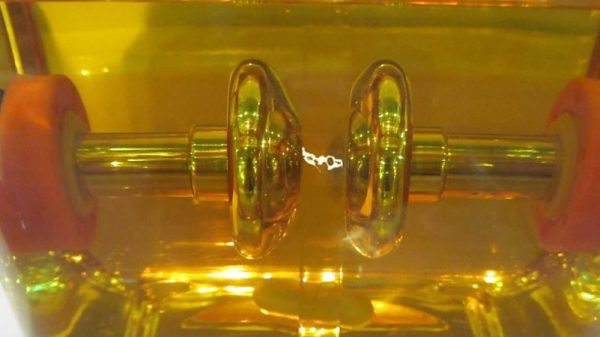Passive homes are a fairly recent trend in home building, but promise a future with minimal energy inputs in our day-to-day. One of the challenges in this year’s Hackaday Prize is to envision ways to add utility to earthen homes often used in refugee camps where there is a housing crisis. Adding passive utilities to these adobe buildings would be a fantastic upgrade, so [Cat] decided to tackle the challenge by creating a refrigerator that needs no electricity.
The the plan for the device works by using evaporative cooling to reduce the temperature in a small box which can be used for food storage. Of course, using evaporative cooling means that you need ready access to water and it likely won’t work in a humid or cool environment, but systems like these have been in use for centuries in plenty of places around the world. [Cat]’s plan is a little more involved than traditional methods of evaporative cooling though, and makes use of a specially painted chimney which provides the airflow when heated by sunlight.
The project is still in its infancy but it would be interesting to see a proof-of-concept built in a real-life passive house in an arid environment. Unfortunately, those of us in humid (or tropical) environments will have to look elsewhere for energy-efficient cooling solutions.





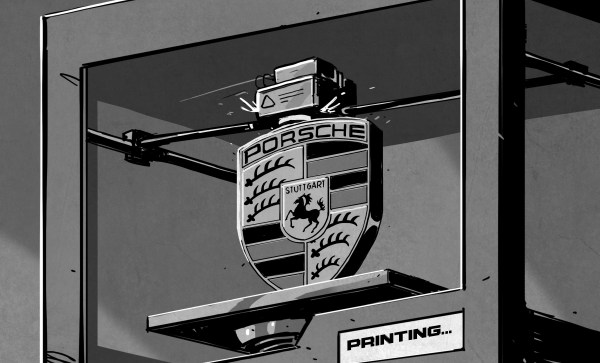
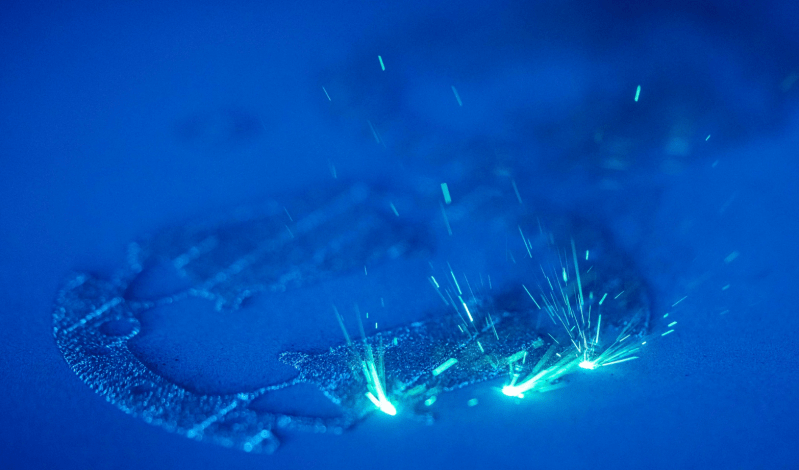
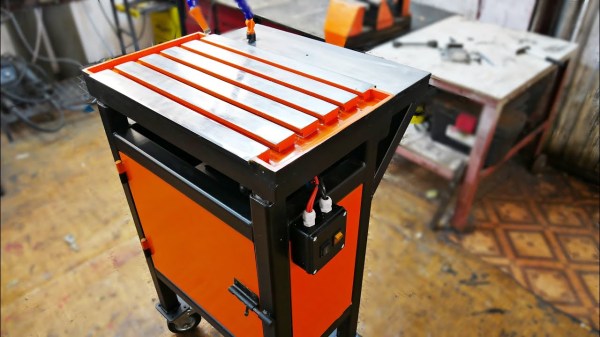
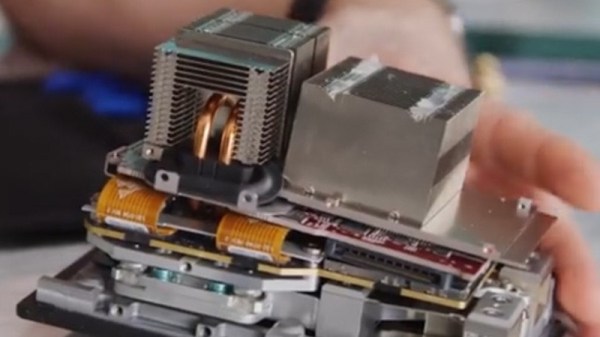
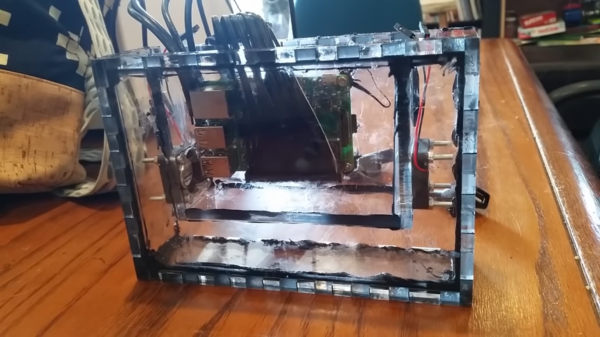
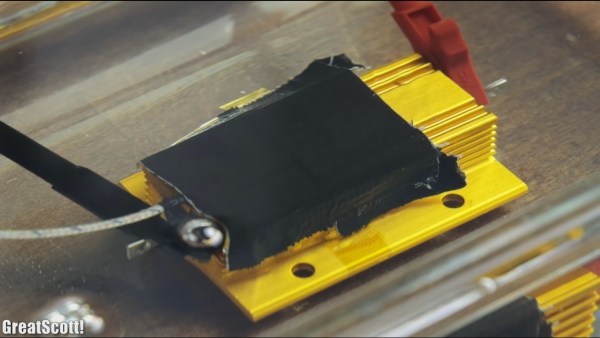
 He started with testing canola oil but found that it breaks down from contact with air and becomes rancid. So he purchased some transformer oil. First, testing its suitability for submerging circuits, he found that he couldn’t see any current above his meter’s 0.0 μA limit when applying 15 V no matter how close together he brought his contacts. At 1 cm he got around 2 μA with 230 VAC, likely from parasitic capacitance, for a resistance of 115 Mohm/cm.
He started with testing canola oil but found that it breaks down from contact with air and becomes rancid. So he purchased some transformer oil. First, testing its suitability for submerging circuits, he found that he couldn’t see any current above his meter’s 0.0 μA limit when applying 15 V no matter how close together he brought his contacts. At 1 cm he got around 2 μA with 230 VAC, likely from parasitic capacitance, for a resistance of 115 Mohm/cm.